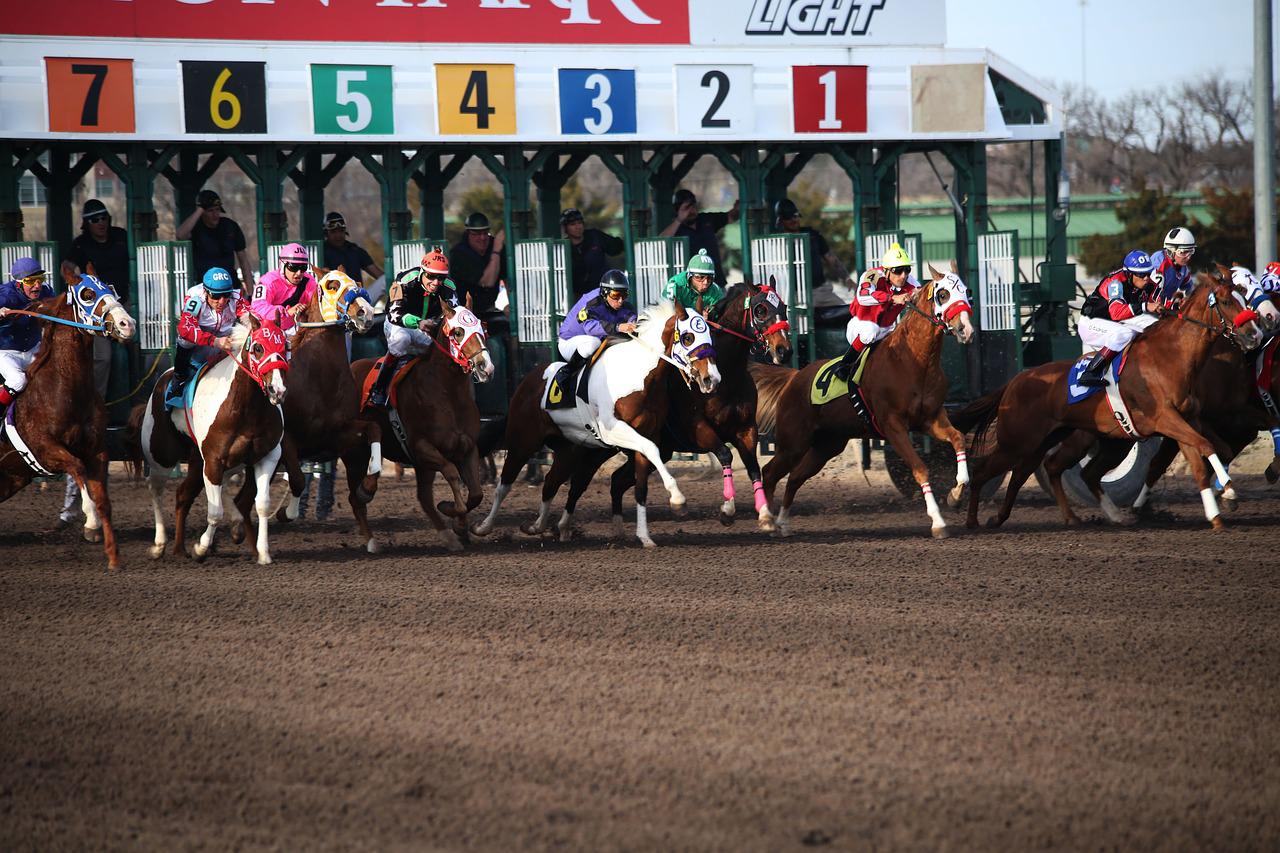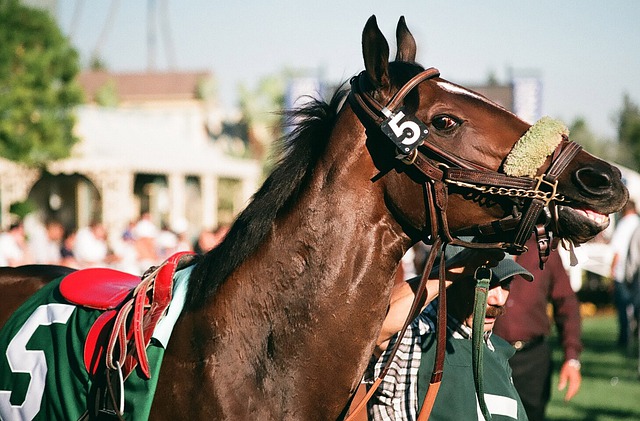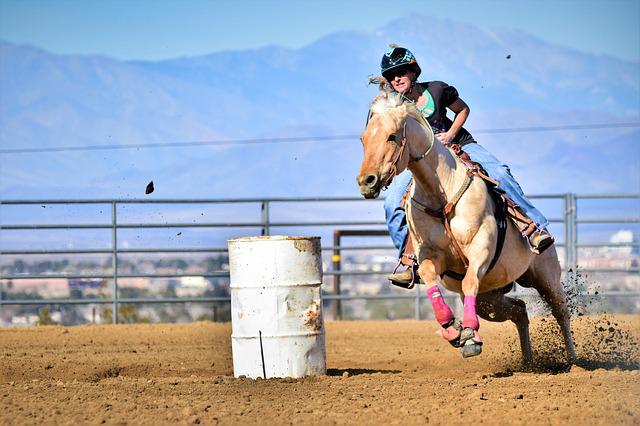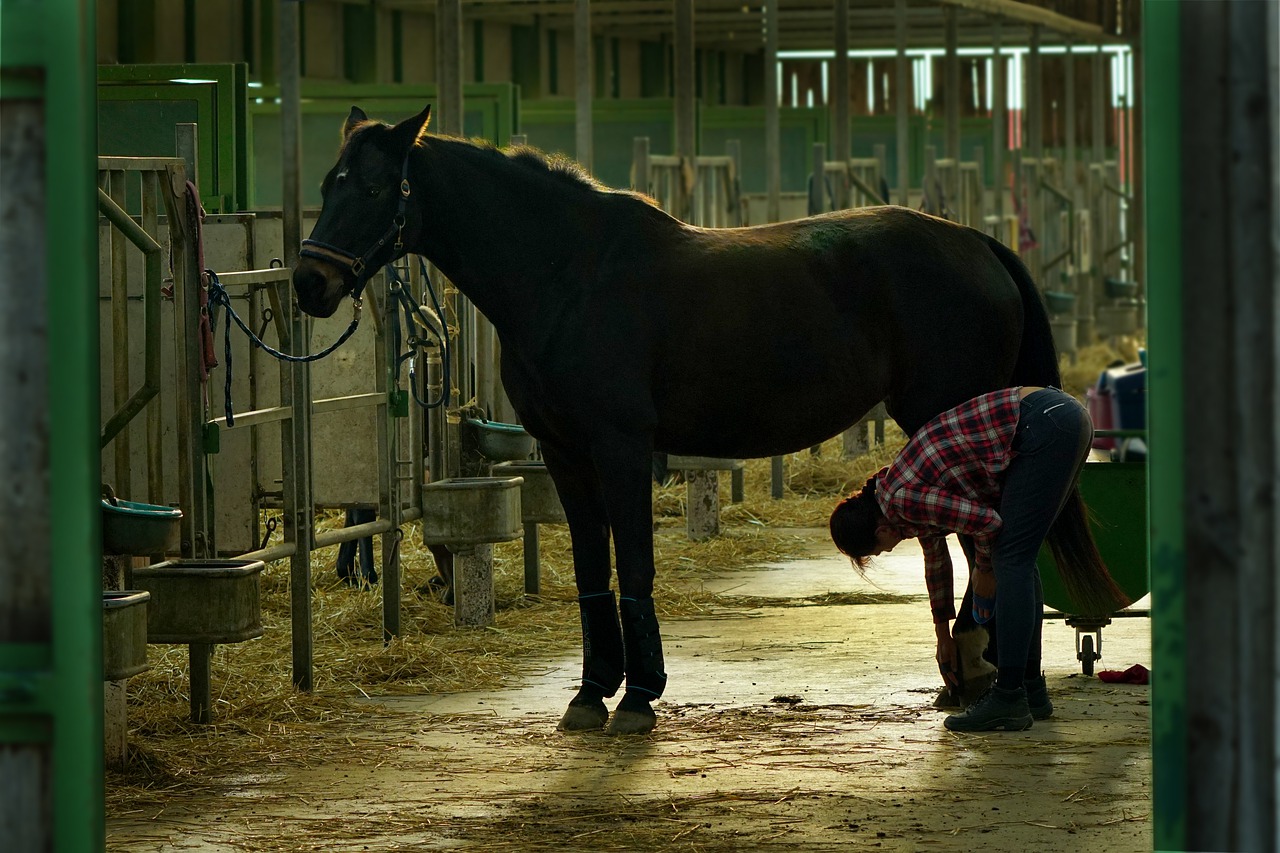
Your horse is an animal that requires proper care: they require vaccinations, have to be groomed regularly, and have specific feeding needs. Often, caring for your horse can seem really complex, but if you keep learning and stay informed on all of the things you need to do for your horse, you can get your horse stable and healthy. Keep on reading to learn more about basic horse care!
Feeding
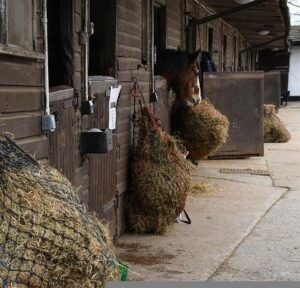
There is no right or wrong answer when it comes to how many times you should feed your horse. It all depends on the type of horse, their age, and their activity level. For example, some horses may need to be fed twice a day while others only need to be fed once per day. If you have more than one horse in your stable, it’s best to divide up the food so that each gets an equal amount.
When it comes to food, there are several different types available for sale at most pet stores and online retailers. Some owners choose to feed their horses packaged pellets while others opt for hay or other types of roughage that can be purchased from local farms or from online stores.
Grooming
Brushing your horse’s coat every day will help distribute natural oils throughout the hair and keep him well-groomed and looking sharp. It will also help keep dirt from accumulating on his coat and keep him clean while he’s outside in the elements. You should brush him at least once per day, but if he has been sweating or rolling around in the dirt, you should brush him more than once per day until he is clean again.
Brushing your horse’s teeth helps prevent tartar buildup and bad breath (and if you have ever had a toothache, you know how important it is to take care of your own dental hygiene). Your vet can tell you what kind of toothpaste to use for brushing your horse’s teeth—just make sure it doesn’t contain any alcohol!
Hooves
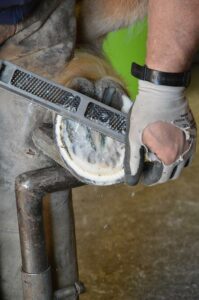
This part also falls into grooming, however, I wanted to dedicate more attention to it. Hoof care is one of the most important aspects of horse ownership. It’s also something that can be a little bit scary for new owners. But there are some basic guidelines you can follow to make sure your horse always has clean, healthy hooves.
First and foremost, you should always have at least one pair of good quality clippers on hand—and make sure they’re sharp! Dull clippers can cause more damage than good here, so make sure you check them regularly and replace them if necessary.
Next, you’ll want to get yourself a hoof pick or other hoof cleaning tool, depending on what kind of surface your horse has. Some horses’ feet are smoother than others, so if yours falls into this category, a simple hoof pick will do the trick. If your horse has a rough surface or is prone to getting mud stuck in his or her feet, however, you may need something more aggressive such as a wire brush or even a brush with metal bristles.
You’ll also need some kind of disinfectant—preferably one that doesn’t irritate their skin but still kills germs effectively—to wash away any dirt.

